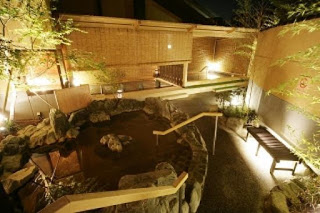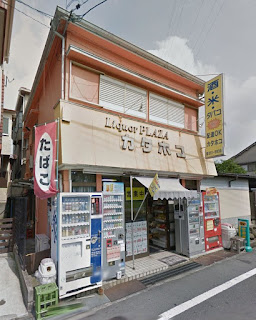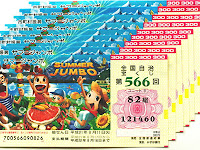You might already be familiar with term Onsen but how about Sentō or Roten-buro? If not, to help you rid that winter chill, a brief visit to any of these places will surely leave you feeling refreshed and in some of the most beautiful places you've ever seen.
For those unfamiliar with the terms, an Onsen is essentially a hot spring; a bathing facility or spa rather that utilizes geothermally heated water. This natural water is piped from the ground and circulated through one or more individual spas (pools) for soaking. Roten-buro's and Sentō's are essentially variations of an Onsen, which I'll explain further below including how to properly use them and get the most out of your experience.
Traditionally located outside, this style of Onsen is referred to as a Roten-buro, my personal favourite of the three. The most beautiful Roten-buros are typically located in the mountainous regions,though you can find indoor and outdoor Onsen's spread out all over Japan. Most Onsens are located outside of city centres so you may need to travel a bit but is well worth it.
However, you don't need to go far for a relaxing evening on those cool winter nights in Hirakata. I suggest you familiarize yourself with Sentōs, or bathhouses. As Sentōs are much more available than Onsens, this is due to the fact that they utilize tap water rather than hot springs; the experience however, is just as refreshing. Most Sentōs typically have several inside pools, with some offering outdoor pools as well. In Hirakata, there are several Sentōs, and one that I recommend personally which is located about 20 minutes from the seminar houses by bike. Unfortunately, one other Sentō I wanted recommend is now closed.
 Gokurakuyu has 3 indoor pools, and two outdoor pools including a steam room too. It should be noted that Tattoos are prohibited here; if you have a noticeably visible tattoo, there is a chance you may be asked to leave. Directions can be found HERE. Try to avoid taking short cuts as it's extremely easy to get lost on Japanese roads.
Gokurakuyu has 3 indoor pools, and two outdoor pools including a steam room too. It should be noted that Tattoos are prohibited here; if you have a noticeably visible tattoo, there is a chance you may be asked to leave. Directions can be found HERE. Try to avoid taking short cuts as it's extremely easy to get lost on Japanese roads.Onsens and Bathhouses are very clean and relaxing places, as such, there's a few things you should know before visiting any of the above:
- Understand that you may be asked to leave if you have visible tattoos. Research the place before going as some allow it while others don't.
- Lockers are provided free of charge. Tickets are usually purchased at a vending machine and redeemed at the change room entrances.
- You and everyone around you will be naked, no exception. On that note, most if not all places are gender separated. If this makes you feel uncomfortable, go alone your first time. You will notice that it is very normal and not weird at all. Maybe just the first time..
- Before jumping right in, you must wash yourself in the showers provided. This is very important, the pools are not there to wash you but rather to relax in. Most spas will sell little travel size shampoo and soap for around ¥150 if you don't want to bring your own. Do not skip this step, you will likely be stared at.
- Quiet conversation is fine, but avoid loud outburst or rambunctious behaviour, This is not a public swimming pool.
- Grabbing a bite to eat and beer at a nearby restaurant is a perfect way to end the evening.
Relaxing in an Onsen is an age-old tradition in Japan, spanning back thousands of years. While it may feel weird or strange to you at first, see how you feel after dipping in, melting the stress away while taking in some of the most beautiful scenery at a Roten-buro that you'll ever see. Sit back, relax and enjoy some of the world's best mineral water spas.
Further Reading:










